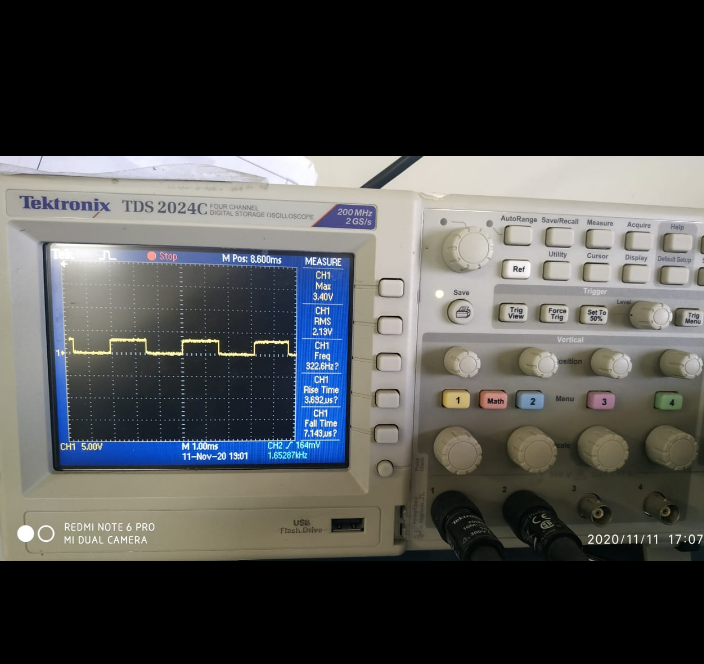Tool/software: Code Composer Studio
Hi,
I am using customized tm4c129xnczad controller. I need to set timer of 20ms .can you please suggest me how to set timer for system clock 25 mhz and please let me know the calculation to set the timer value in
TimerLoadSet(TIMER0_BASE, TIMER_B, ui32SysClock / 1000);
I am attaching the program here
ui32SysClock = SysCtlClockFreqSet((SYSCTL_XTAL_25MHZ |
SYSCTL_OSC_MAIN |
SYSCTL_USE_OSC), 25000000);
TimerLoadSet(TIMER0_BASE, TIMER_B, ui32SysClock / 1000);



